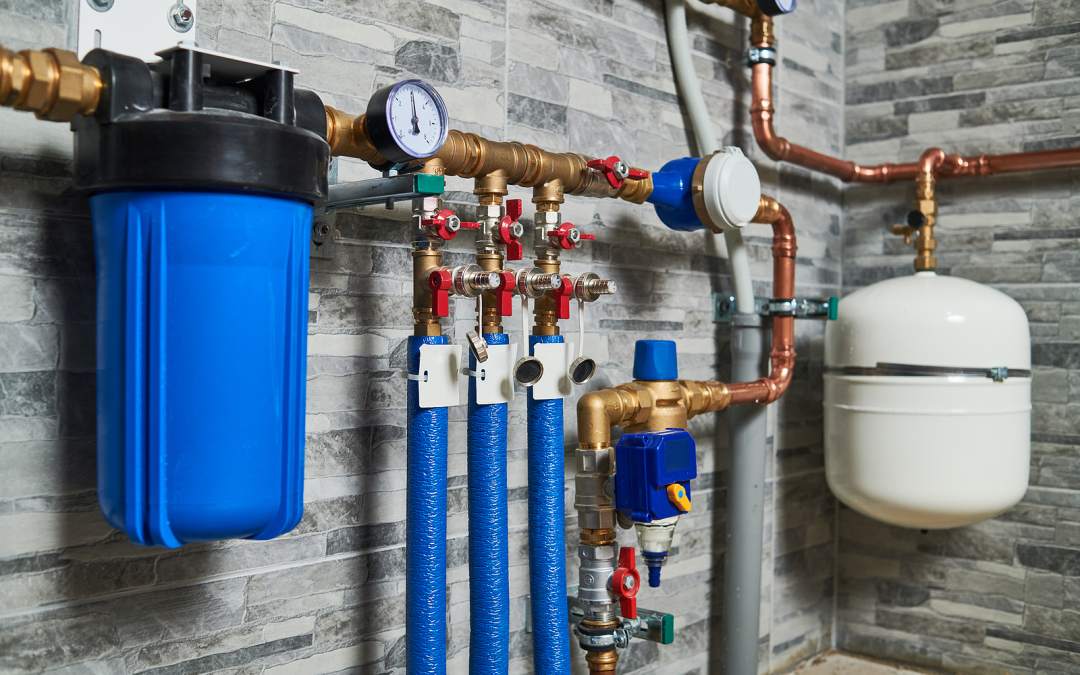The boiler was one of the critical inventions that made the Industrial Revolution possible, and since the first practical water heating units were created, they have become a critical part of our homes and our industries.
It is exceptionally difficult to think of a home without a well-serviced, efficient and high-quality boiler unit delivering hot water for cooking, cleaning and washing, but up until the middle of the 20th century, it was not as common for a house to have central heating.
The biggest push forward in this regard was the major decisions made in the rebuilding process from the most devastating conflict the world had ever seen and the particularly damaging effects it had on the United Kingdom, in particular.
The Emergency Ready Made Boiler
The origins of the modern British boiler originate with The Blitz, one of the deadliest and most destructive bombing campaigns ever launched against the United Kingdom and a major turning point in the Second World War.
This may seem like an unusual watershed moment for the boiler, but it led to two major consequences for Britain; the first is that the United Kingdom would not be conquered or invaded, and this failure would be the first small domino to fall that contributed to the end of the war.
The second was that alongside the over 40,000 lives lost and 139,000 people injured across the United Kingdom, over two million homes were completely destroyed as a consequence of bombing missions, many of which took place at night and were infamously indiscriminate.
These two consequences meant that by 1942, the focus of the United Kingdom was less on survival and more on what would come next once the Second World War finally ended, as even if the war’s conclusion was still seen as being in the distance, homes needed to be rebuilt.
This led to the creation of the Interdepartmental Committee on House Construction, better known as the Burt Committee, which explored potential solutions to rebuild quickly once the dust had settled.
The Committee quickly set their sights on prefabrication as the solution, which was ultimately passed into law as the Housing (Temporary Accommodation) Act of 1944, with the goal of producing 500,000 prefabricated homes alongside over a million state-built homes.
These prefabs were constructed to strict building standards, requiring a minimum floor space of 59 square metres and being no wider than 2.3 metres to allow for them to be transported on the backs of flatbed lorries.
The most interesting aspect of these building regulations was the use of a dedicated “service unit”, which became, for many people who moved into these homes, the first time they had access to indoor plumbing, hot running water and a person-sized bath, all provided by Baxi, the Preston-based boiler manufacturer.
The way it worked was that it was a pre-sized, prefabricated unit where the electrical wiring, water pipes and waste pipes were all located in the same place, which made it easy to install, at the consequence of requiring that the kitchen and bathroom were built next to each other.
It also made them easy to maintain, cost less to produce and meant that they could simply be slotted into place regardless of the rest of the design of the prefabricated house. They even had such modern conveniences as heated towel rails and warm air heating decades before they were standard in homes.
According to the Prefab Museum, there was some room for variation, with some designs having the flushing toilet in the bathroom to reduce installation times even more, whilst others would have it in a separate room, depending on the overall layout.
Whilst the goal of 500,000 prefab temporary homes was never reached, given that by 1947 the construction of more permanent homes had increased at a rapid rate, the service unit had become pretty influential.
There was initial scepticism regarding the prefab homes but the service unit in particular helped to make them very popular, and several reports claimed that new prefab homeowners fell in love with them, staying in them until they were ultimately demolished.
This would have a major consequential effect on home standards in general, with people reluctant to move away from more fully featured ostensibly temporary dwellings than many of the permanent homes still standing.
It is one of the ultimate examples of rebuilding stronger, and many of the modern evolutions of boiler systems and technology have come from around 150,000 prefabricated bungalows made in the immediate aftermath of the Second World War.

